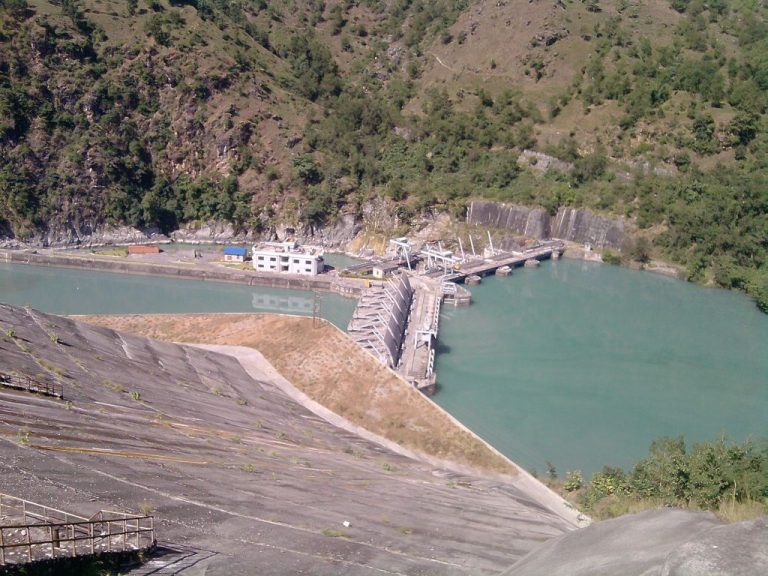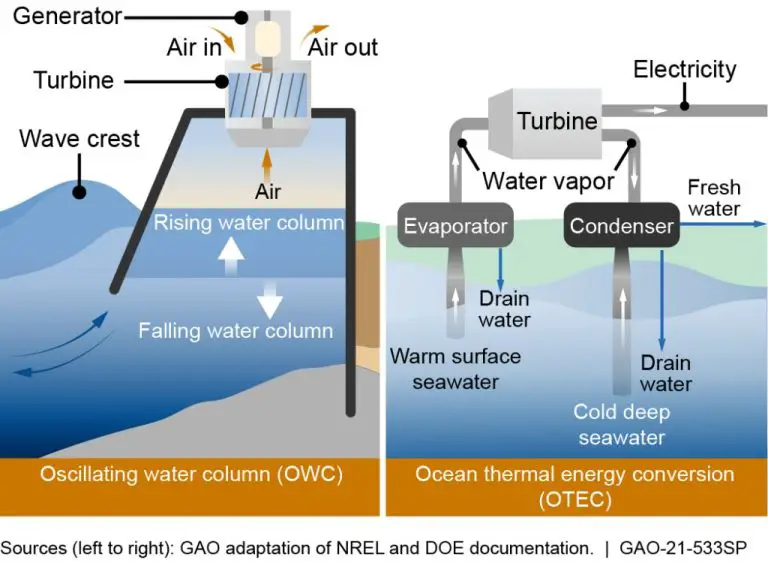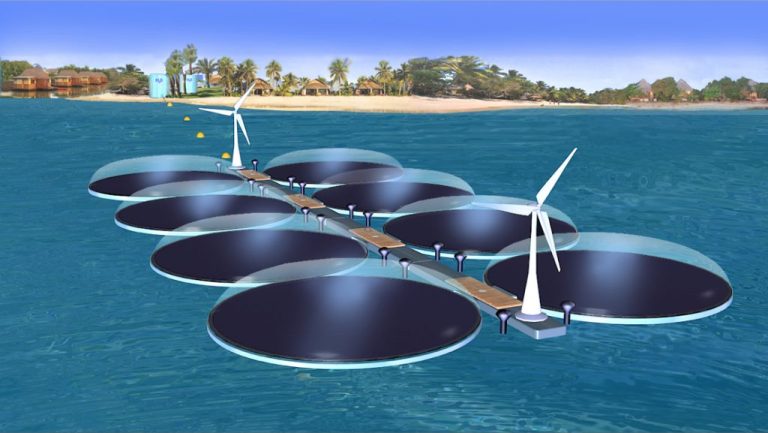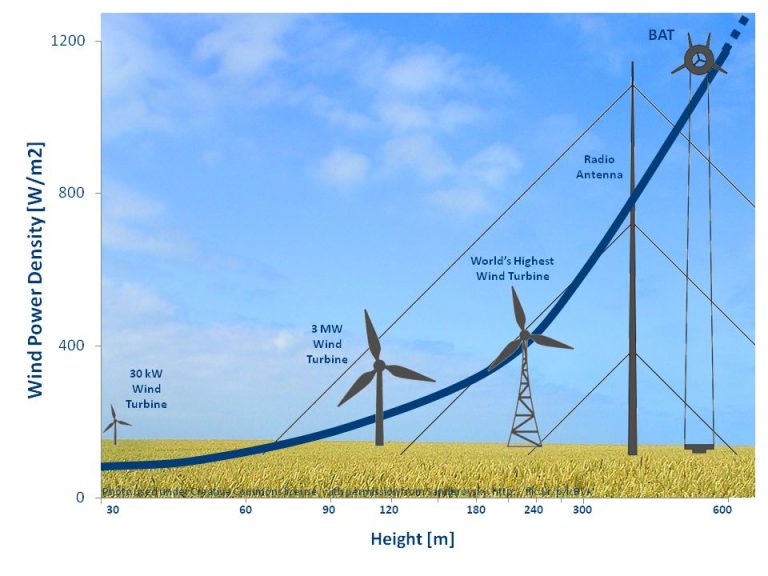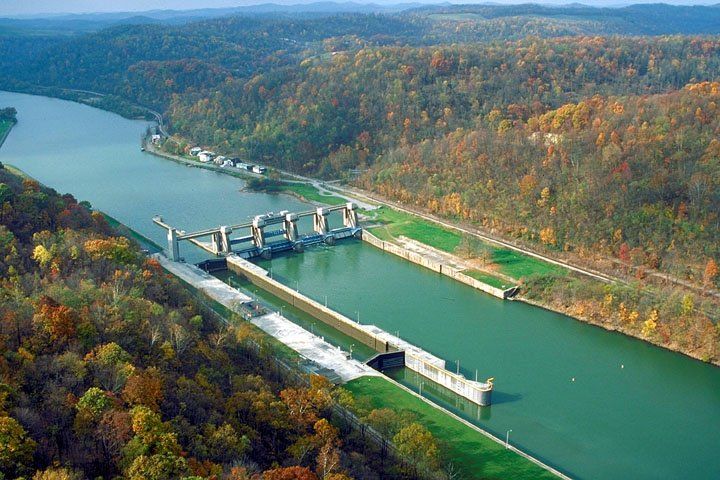What Percentage Of Norway’S Power Is Hydroelectric?
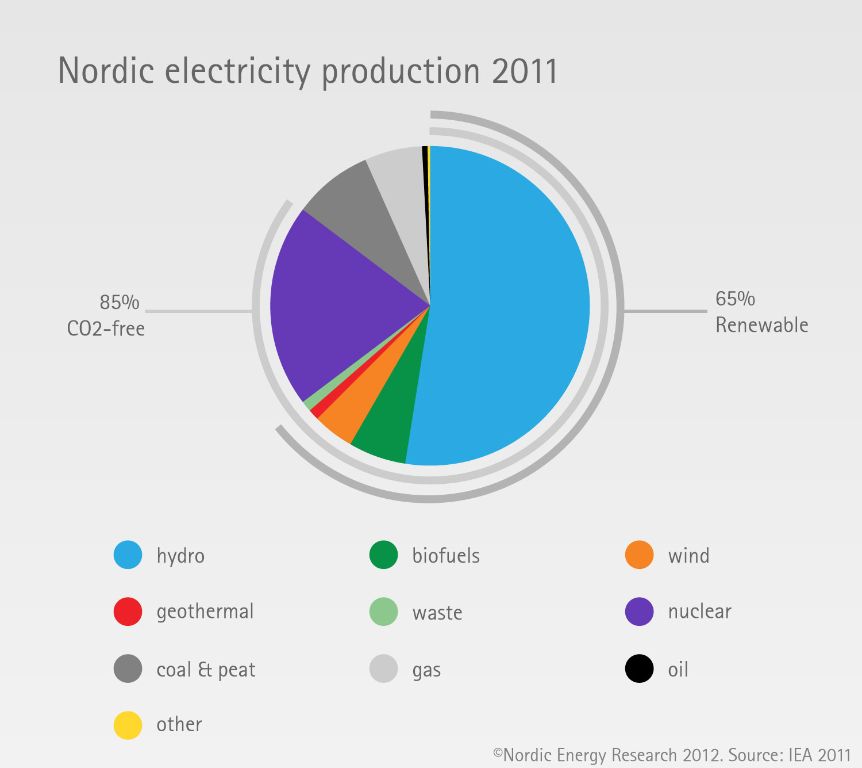
Norway is known for its natural beauty and abundant renewable energy resources. Specifically, the country utilizes its vast hydropower resources to generate almost all of its electricity needs. With steep mountains, deep valleys, and glacier-fed rivers, Norway’s geography lends itself well to hydropower production. According to Statistics Norway, in 2021 hydropower accounted for over 90% of electricity production in the country. This is the highest percentage of hydropower generation in the world.
Understanding Norway’s heavy reliance on hydropower is important as many countries look to reduce fossil fuel consumption and increase renewable energy production. Norway serves as a model for developing renewable energy resources and transitioning to a low-carbon economy. Examining how Norway generates the vast majority of its electricity from hydropower can provide insights for other nations hoping to boost renewable energy capacity. This article will explore the history, current status, and future of hydropower in Norway.
[Statistics Norway. (2022, January 19). Electricity, annual figures. https://www.ssb.no/en/elektrisitet]
Norway’s Unique Geography
Norway’s mountainous terrain and abundant water resources make it ideal for hydroelectric power generation. The country’s geography is dominated by the Scandinavian Mountains, which run down the length of Norway from north to south. These mountains contain many plateaus, valleys, and fjords surrounded by high cliffs.
The mountainous topography combined with Norway’s location near the Gulf Stream gives it a high rate of precipitation, especially along the west coast. The ample rainfall and melting snowpack from the mountains feed countless rivers and lakes. Norway has around 440,000 lakes and ponds and nearly half a million rivers and streams (Source).
Overall, Norway’s abundant water resources stemming from its unique geography provide ideal conditions for generating renewable hydropower energy.
History of Hydropower in Norway
Norway has a long history of utilizing its abundant water resources for hydropower generation dating back to the late 19th century. The country’s first hydropower plant opened along the river Skien in 1885, providing electricity to a local wood processing plant (https://ren.ldp.no/norwegian-history-and-hydro/). This first small plant with an installed capacity of just 88 kW marked the beginnings of Norway’s hydropower development.
In the early 20th century, Norway began building larger hydropower plants to electrify rural areas and supply the growing power needs of its cities and industry. The Svelgfos power plant was opened in 1911 with an installed capacity of 5.2 MW, while the Vamma plant completed in 1912 had 8.4 MW of capacity (https://publikasjoner.nve.no/rapport/2017/rapport2017_15.pdf). Throughout the 1920s and 1930s, dozens more hydropower stations were constructed around Norway.
After World War 2, Norway significantly expanded its hydropower production to rebuild its economy and meet rising electricity demand. Large power projects like the Aura plant with 472 MW capacity were completed in the 1950s. By 1960, hydropower accounted for over 90% of Norway’s electricity generation as projects continued to harness the country’s abundant hydro resources (https://ren.ldp.no/norwegian-history-and-hydro/).
Norway has steadily increased its hydropower capacity over the past half century, with major new projects coming online in the 1970s, 1980s and beyond. Today, hydropower remains the backbone of Norway’s renewable electricity supply thanks to over a century of harnessing its rivers and waterfalls.
Current Share of Hydropower
As of 2022, hydropower accounts for 88.2% of Norway’s total electricity production according to Statista. This represents the lion’s share of the country’s power generation. Other sources such as the Norwegian Water Resources and Energy Directorate cite the share of hydroelectricity at around 88% in a normal year.
This high percentage reflects Norway’s vast hydropower resources and long history of tapping into this renewable energy source. With abundant rainfall feeding rivers and lakes ideal for damming, Norway has steadily built up its hydropower capacity over the past century.
Comparison to Other Nations
Norway’s share of hydroelectric power is exceptionally high compared to global and European averages. According to the International Hydropower Association, hydropower accounted for just 16% of global electricity generation in 2020 [1]. In Europe, Eurostat data shows hydropower provided 32% of renewable electricity in the EU in 2021 [2].
Norway far surpasses both of these benchmarks. At around 90% hydroelectricity, Norway generates over 5 times more hydropower compared to the global share, and nearly 3 times more than the European Union average. This is largely thanks to Norway’s abundant water resources and mountainous terrain, which provides ideal geography for damming rivers and harnessing hydroelectric power.
Among European nations, Norway leads in hydroelectric generation by a significant margin. The next highest shares of hydroelectricity are seen in Austria (60%), Switzerland (56%), and Sweden (45%) [3]. Clearly, Norway’s world-leading hydroelectric infrastructure puts it in a league of its own compared to most other nations.
Environmental Considerations
Hydropower is often considered an eco-friendly energy source since it does not directly emit greenhouse gases or air pollution. However, hydropower facilities can have some negative localized environmental impacts. Building large dams floods areas upstream and alters natural water flows which can harm local wildlife habitats, vegetation, and wetlands. For example, dams obstruct fish migration routes and change water temperatures impacting reproduction. Reservoirs created by dams also increase methane emissions from decaying organic matter underwater[1].
There are ways to mitigate some of these environmental effects. For instance, constructing fish ladders helps maintain fish populations and populations can be manually relocated during construction. While hydropower avoids air pollution from fossil fuels, the land alterations required still alter local ecosystems. Overall, hydropower is considered cleaner than fossil fuels but does come with some important environmental tradeoffs.
Future Expansion Plans
Norway has ambitious plans to continue expanding its hydropower capacity in the coming years and decades. According to Statkraft, Norway’s largest producer of renewable energy, the country is planning record investments of 1.8 – 3 billion euros to upgrade and transform existing hydropower plants between 2024-2028.[1] This will increase capacity and efficiency through upgrades to turbines, generators, and control systems.
There are also plans for new large-scale hydropower projects, such as the 1,000 MW Kvenvik plant. However, building new capacity faces challenges like environmental regulations, local opposition, and high costs. Therefore, Norway is focused on “green shift” upgrades to existing infrastructure while carefully considering new projects.
Overall, Norway aims to continue leveraging its vast hydropower resources to meet rising electricity demand domestically and across Europe. The country plans to expand capacity while balancing environmental impacts through sustainable development of new and existing hydropower assets.
Challenges and Limitations
While hydropower has fueled Norway’s electricity supply for over a century, there are some challenges and limitations to further expanding capacity. Climate change has led to more irregular precipitation and rainfall patterns, resulting in greater variability in reservoir levels from year to year (Reuters, 2022). Droughts and dry years make it difficult to meet electricity demand relying primarily on reservoir hydropower. At the same time, there are diminishing sites remaining where new dams and reservoirs can be built without prohibitively high costs or environmental damage.
Existing hydropower infrastructure is also aging and in need of maintenance and upgrades. Large-scale expansion projects face hurdles from environmental regulations and local opposition. There are concerns about further disturbing natural habitats and landscapes. As a result, growth potential from major new hydropower projects appears limited going forward. Instead, Norway will likely focus on smaller-scale upgrades and improvements to existing infrastructure to balance environmental priorities and electricity supply needs.
Implications and Impact
Norway’s extensive reliance on hydropower for electricity generation has major implications and impacts for both Norway’s economy and climate goals. Hydropower provides over 90% of Norway’s electricity, giving Norwegian industry and households access to stable, inexpensive power. This has supported the growth of energy-intensive industries like aluminum smelting and offshore oil and gas extraction (Business Norway).
In terms of climate impact, hydropower is a renewable energy source that produces virtually no greenhouse gas emissions. This has allowed Norway to develop a nearly carbon-free electricity sector, putting the country far ahead of climate goals like the Paris Agreement (IEA). With most other nations still reliant on fossil fuels for power, Norway’s hydropower gives it a major advantage in reducing emissions and building a green economy. Experts predict climate change may even increase Norway’s hydropower resources through increased precipitation (Climate Change Post).
Conclusion
Norway’s vast hydroelectric resources have powered the country’s development over the past century, providing the majority of its electricity supply. Today, hydroelectric power accounts for over 95% of Norway’s domestic electricity production, the highest percentage in the world. This renewable energy source has allowed Norway to export its surplus electricity to neighboring countries. Hydropower has played a crucial role in Norway’s economic growth while enabling it to maintain nearly 100% renewable electricity domestically.
However, Norway must also balance its hydro expansion with environmental concerns. As demand rises, new hydro projects are planned but must undergo impact assessments. Overall, Norway’s abundance of hydropower has put the country at the forefront of renewable energy utilization. The nation sets an example for responsibly maximizing hydro resources while working to mitigate ecological effects.

